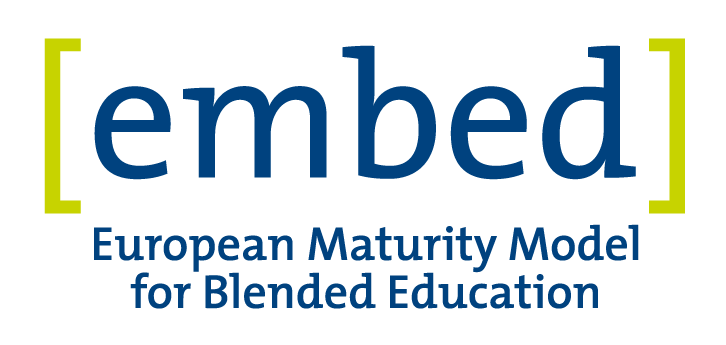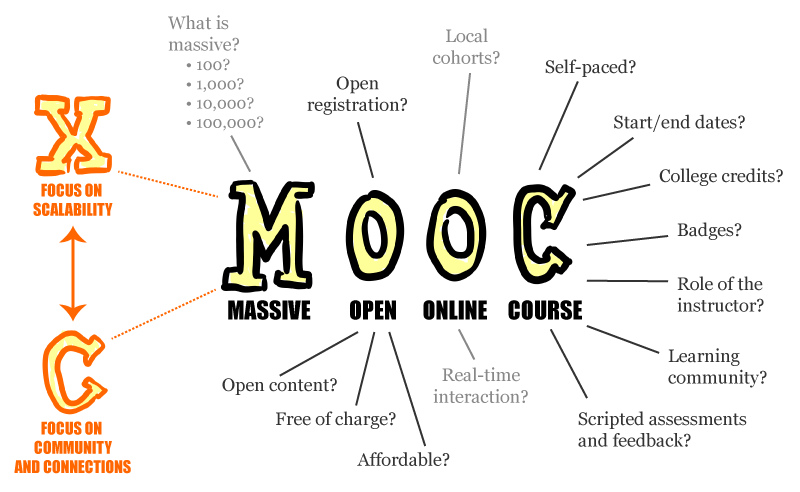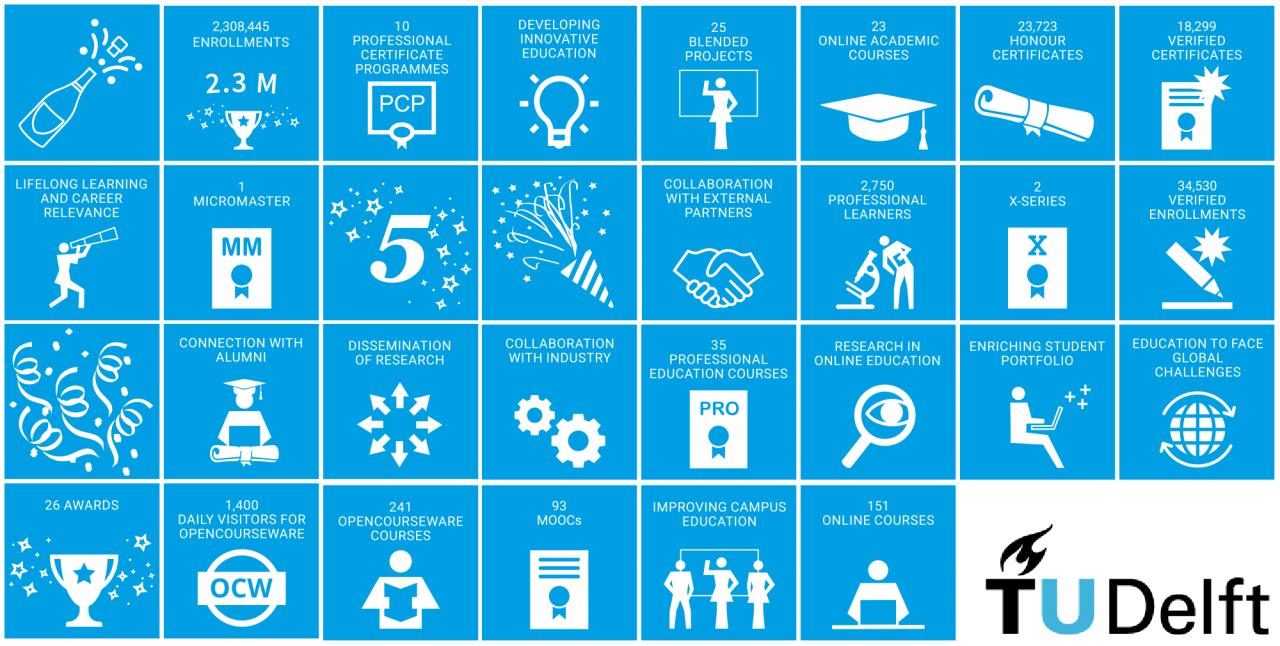On 2 September EMBED project will launch the European Maturity Model for Blended Education in Edinburgh.
The maturity model’s aim is to map blended learning practices, conditions, strategies and policies in a systematic manner and, ultimately, to identify tracks for optimization or change. The EMBED partner experts from Delft University of Technology, KU Leuven, University of Edinburgh, Dublin City University, Aarhus University and TAMK will share with you the development and use of the maturity model for blended education. This model embraces all levels of an institution: the design of blended courses, organisational aspects such as staff support, training and institutional leadership, next to policy development and strategies which enable an institution to innovate continuously its blended education, teaching and learning.
The event is free to attend, but you have to register via this website.
Delphi Research Study
The model has been validated with an international group of blended learning experts. In multiple rounds the experts had to reach agreement on a specific dimensions and indicators. For this study, we have defined consensus as follows: at least 75% of experts agree or strongly agree about the importance and validity of the proposed dimension and its indicator(s). In particular, such agreement equals to a score of 5, 6 or 7 on a scale of 0 to 7. Subsequently, the level of agreement is calculated as a number between 0 and 1, as recommended in the literature [1].
Assumptions
For the model we have used these assumptions:
BLENDED LEARNING, TEACHING & EDUCATION
For this framework we use the following definitions:
- Blended Learning = learning as a result of a deliberate, integrated combination of online and face-to-face learningactivities.
- Blended Teaching = designing and facilitating blended learning activities.
- Blended Education = the formal context of blended learning that is determined by policies and conditions with regard to the organization and support of blended learning.
MATURITY
The concept of ‘maturity’ relates to the degree of formality and optimization of the design, evidence-based decision making, documentation and continuous quality improvement which characterize the uptake of blended Learning practices, or the implementation of blended learning conditions and strategies.
QUALITY ≠MATURITY
Quality approaches can be in place within each of the maturity levels. However, maturity does not equal quality. Moreover, it has been observed that repeated blended learning practice at a particular maturity level does not result in an actual increase in maturity.
ALIGNMENT
We assume that instructors or instructional designers are knowledgeable about how to align course objectives/expected outcomes, learning activities, and assessment (both formative and summative). We also assume that they are knowledgeable about the alignment between the course objectives and the target student group.
VALUE OF (INFORMED) DESIGN
We explicitly adhere to a design-focused approach of courses and programmes. Consequently, we see growth in maturity as a result of the ability of (teams of) instructors, instructional designers and others involved to make informed decisions about blended learning courses and programmes. This includes using design principles and/or instructional theories, from blended learning activity design right up to whole programme design (i.e. the organization, planning and documentation of a structured series of courses or units).
VALUE OF EVIDENCE, EXPERIENCE AND CONTINUOUS QUALITY IMPROVEMENT (CQI)
When backed up by research and/or practical evidence a course or programme design is reinforced. The extent to which continuous quality improvement processes and products are embedded in a course or programme determines the maturity level of a blended learning practice. These allow course instructors/designers to continuously improve blended learning courses in an iterative manner.
ACTION LEVELS AND KEY ACTORS
Three action levels are included in the model: the micro, meso, and macro level. We deem the main actor at the micro level to be the instructor or the instructional designer of a course. At the meso-level different key actors, teams, or bodies for decision making play a role in the decision-making process. Programme coordinators, department heads, deans, and heads of teaching and learning centres are involved, among others.
__
[1] See: Jünger, S., Payne, S., Brine, J., Radbruch, L., & Brearley, S. (2017). Guidance on Conducting and REporting DElphi Studies (CREDES) in palliative care: Recommendations based on a methodological systematic review. Palliative Medicine, 31. DOI: 026921631769068. 10.1177/0269216317690685.








